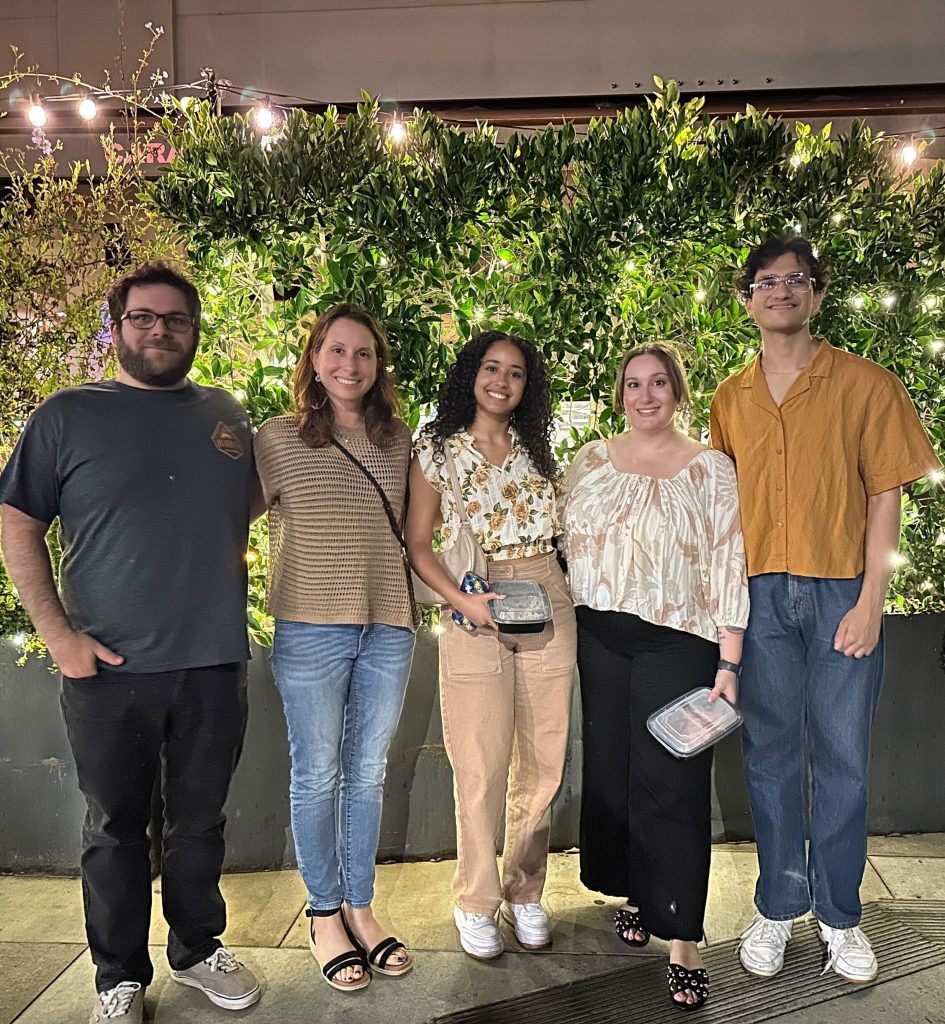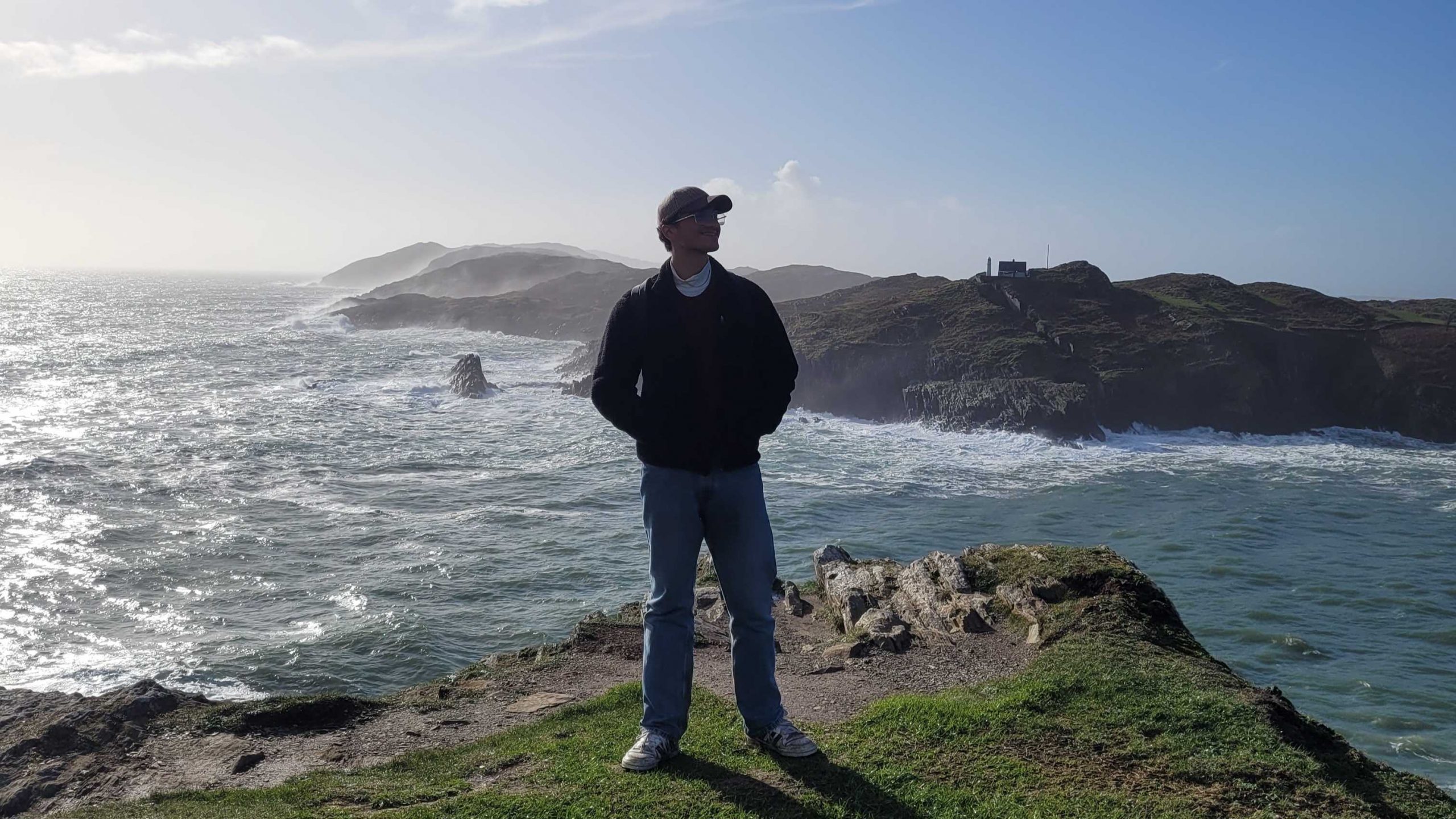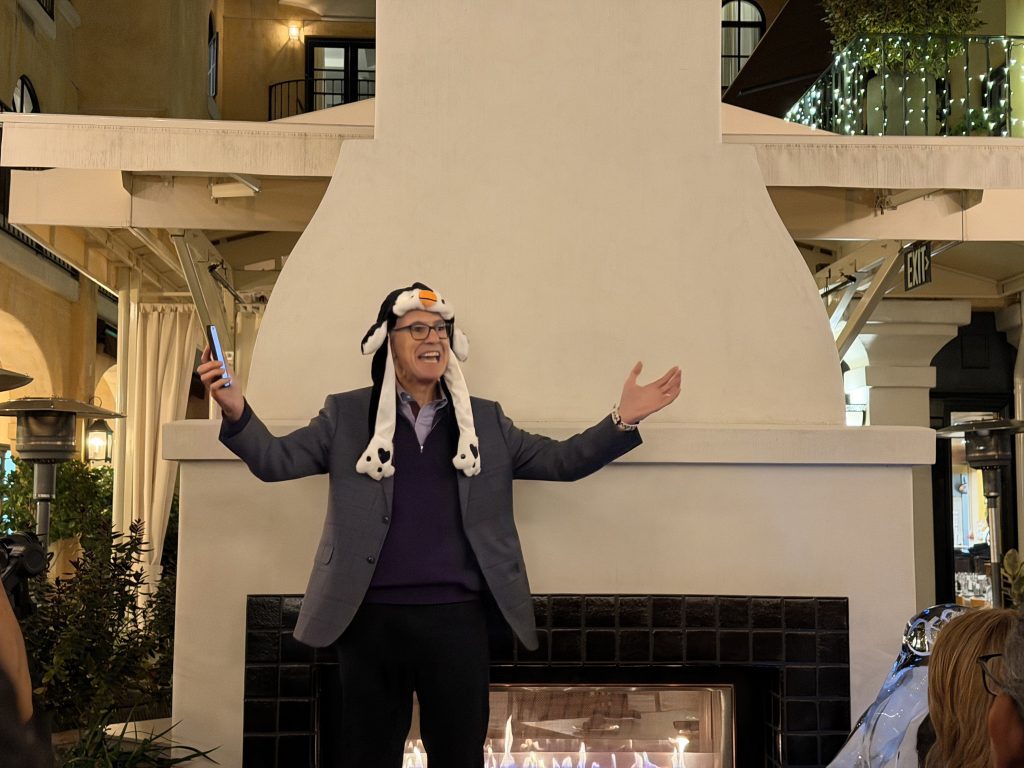Pivot isn’t just a famous phrase from Friends, it’s one of Chinar Pusalkar’s secret weapons to get reporters’ attention.
A senior account executive at Bospar, Chinar is the resident pitch whisperer, mastering the art of matching the right story with the right reporter, which has made his pitches impossible to ignore. He brings the same thoughtful storytelling he loves in film and TV to public relations, connecting ideas, people and timing to create stories that stick.
In this Expert Insights interview, Chinar sheds light on how he secures top-tier media interviews for clients.
You recently secured interviews with three top-tier media outlets for a client. What do you think made your pitch(es) land with those reporters?
It’s about connecting the right story with the right reporter. During media outreach, a lot of reporters will say a pitch is really good, but that it needs to go to the right person. With this specific story, the client and the Business Insider reporter who responded to the pitch both had a connection to China. So he was definitely the right reporter for the story, and that’s why the pitch stood out.
Besides getting the right story to the right reporter, offering a timely news hook is key. Reporters want to attach their stories to something they’re being asked to cover in the news, so adding a hook to the pitch can grab their attention.

Finally, offer data or a strong POV wherever possible in media outreach. A fluffy story is typically not of interest to reporters. They get hundreds of pitches every day, so someone saying, “Hey, we have a CEO. Want to talk?” isn’t likely to grab their interest.
Out of the three, pitching data gets the most response from reporters. Everyone’s drawn to numbers, so eye-catching, company-exclusive data will interest reporters. Anyone can say, “This is a trend we’re seeing.” But when you can quantify that with a shocking stat, it becomes a story.
What’s your PR strategy for pitching clients and securing their dream interviews?
Besides ensuring the story is newsworthy and goes to the right people at the right media outlets, following up often is crucial. Reporters are busy and may not respond to the first, second or even third email. But miraculously, on a later email, they’ll respond. So persistently follow up.
Changing the angle is also important for an interview PR strategy. If you’re not getting a response after two or three emails, that could be a sign that it’s not the right approach and it’s time to pivot. You have to say something new in follow-up media outreach that isn’t just, “Hey, checking in. Do you see this?”
On the client side, having good communication with the client about what their dream interview is, which media outlet they want and what kind of story they’re looking for helps narrow down who and what we should be pitching.
What do you need from clients to secure interviews?
The ability to strike while the iron is hot. Public relations and journalism both move very fast. A reporter’s story could only be relevant for 24 hours, and if a client spokesperson isn’t available in time, we may lose the opportunity. Clients who are most successful quickly provide a spokesperson and move as fast as the world of journalism does.
There’s also been times when I’ve sent a pitch out and the reporter says, “I was just writing about this; this is perfect timing.” That’s exactly what we want to hear, and that comes with being fast.
What’s one thing you wish clients understood about the interview pitching process?
Journalists are busy, newsrooms are shrinking and interviews aren’t as common as they were a few years ago. A lot of times, reporters will just take a quote and run with it. They’re very selective on who they interview because they only have so much time, and interviews can be very time-consuming.
However, an intro call helps establish a relationship between the spokesperson and the journalist, which is beneficial in the long term. Once that media relationship is established, the journalist may start coming to the client and asking them to contribute to their stories.
What interview that you secured are you most proud of and why?
I secured a funding interview with VentureBeat. Many people talk about how it’s getting harder to get funding media coverage in a top-tier media outlet without an extremely high number attached. Not only was I able to secure that for the client, but our team’s efforts resulted in a feature piece about the client, which was extremely happy with the story. Another interview I’m proud of was with Interesting Engineering. This was one of the client’s dream media outlets because of its strong relevance to their company and its high UVM.




